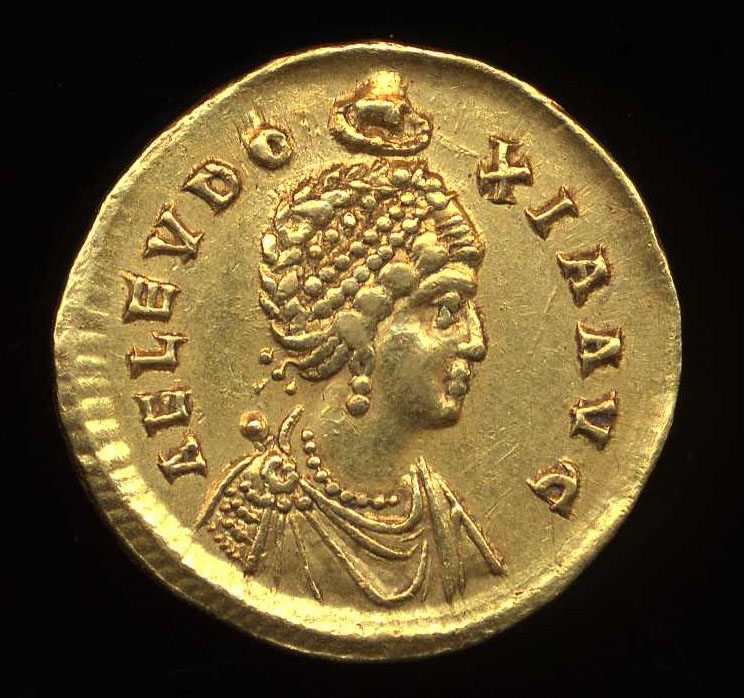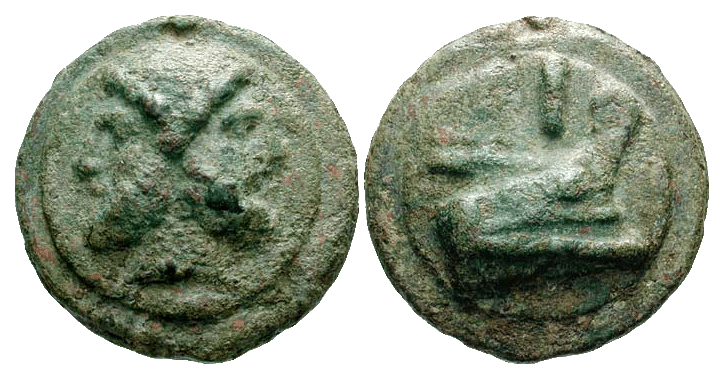A Sliver Statue and a Golden Mouth
Thanks to our partnership agreement with the EAGLE Portal, Ancient History Encyclopedia (AHE) will be republishing select EAGLE stories, on a periodic basis, which illuminate special topics pertaining everyday life and culture in ancient Rome. We hope that you enjoy these ancient vignettes, and we also encourage you to explore EAGLE’s massive epigraphic database. A statue base with two inscriptions carved on opposite sides, one in Greek, one in Latin, stands in the courtyard of the Hagia Sophia in Constantinople, where it receives very little attention from passing tourists, but sixteen hundred years ago it was at the centre of a row between a high-spirited empress and an equally determined bishop.




